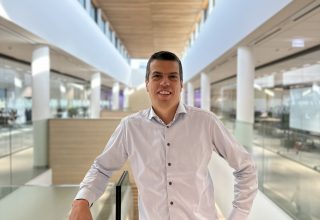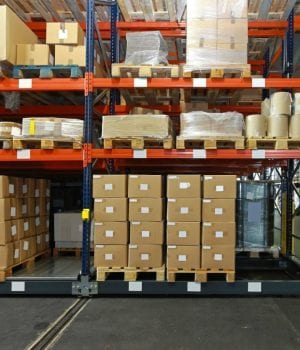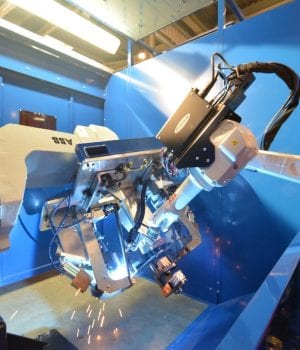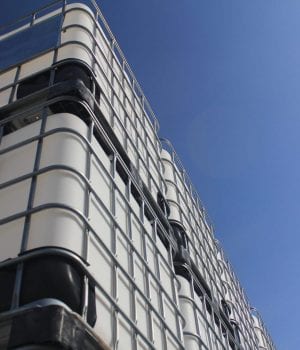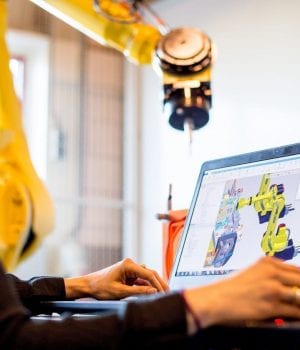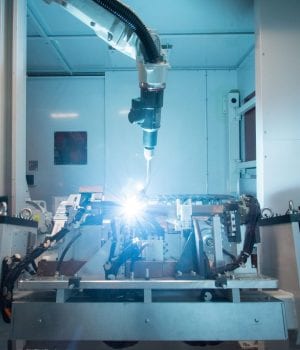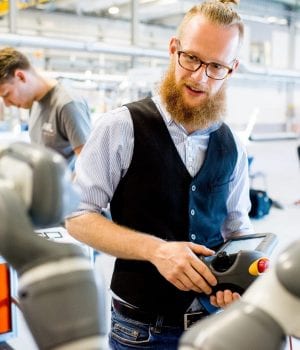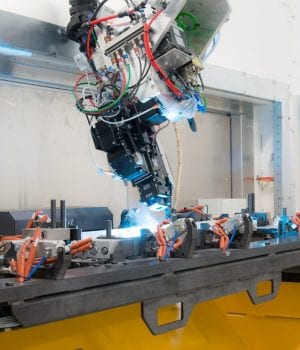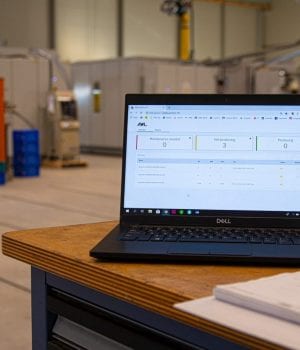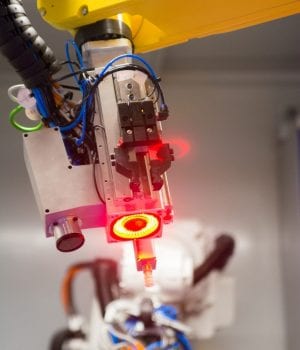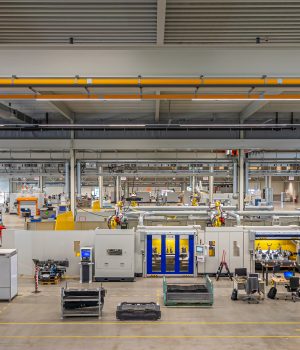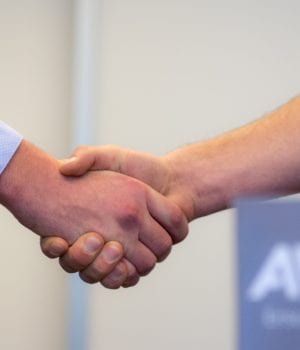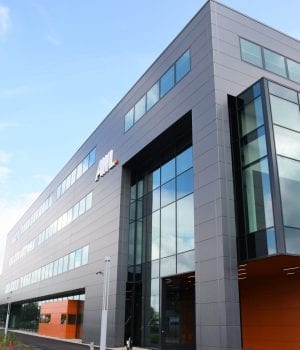AWL’s latest innovation: laser welding equipment and complete bipolar plate production lines
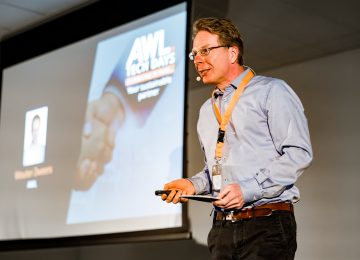
Published on: Aug 8, 2023
AWL is synonymous with laser welding. We did not pull this out of thin air: we have been involved in this technology for 20 years and have sold hundreds of laser welding machines to customers all over the world. Naturally, as laser welding expert, we are not standing still. We are currently developing laser welding equipment and complete product lines for the production of bipolar plates for fuel cells and electrolyzers. In this blog, our Technology Manager Wouter Zweers tells us about this latest innovation and how it is evolving.
‘Micro welding is the future’
Thanks to the energy transition, there is a high demand for hydrogen as an energy carrier. This explains why AWL is increasingly more often approached by international companies that develop fuel cells and electrolyzers, whose core consists of bipolar plates. Wouter: ‘Companies that develop these products are chomping at the bit to acquire production lines that are able to weld these extremely thin plates together at high speed. For us this was an excellent opportunity to further develop our laser welding technology, because micro welding is the future. This is why we have invested in a test laser micro welding setup as part of our Experience Center. But we are not stopping here. Quality control, cleaning, transport, leak-tightness testing and coating: we are developing all of the processes needed to supply a complete bipolar plate production line. This way customers are provided with a complete solution.’
A multidisciplinary approach
A team consisting of seven professionals from various disciplines are working closely together to get this new production line up and running. ‘Ranging from R&D to Sales; together were are producing an excellent, useful production line with a laser micro welding cell at its foundation,’ says Wouter. ‘What is unique about AWL is that every year approximately fifty students start working with us. This is why we defined student assignments for various components of the production line. This way interns and graduating students also make an important contribution to this innovation.’
Prototypes for key modules
‘Last March, we succeeded in welding the first leak-tight bipolar plate. And at the present time we are developing the sub-concepts of the new production line,’ Wouter continues. For example, there is already a test setup with vision technology in our Experience Center that enables us to automatically inspect the quality of the bipolar plates. We also produced a test setup with a conveyor belt to investigate how to transport the plates from one module to another module in the smartest possible way. We make prototypes of all of the production line's key modules. We learn from this ourselves and we use the prototypes to show potential customers that our concept works.’
A modular production line
The production line is developed modularly. This provides the flexibility the market is currently asking for. Customers can start off with a basic machine that they can use for testing. They can constantly expand this machine, for example with a leak test module, a vision module or an extra conveyor belt. This way a complete production line emerges over time with growing capacity. Wouter: ‘We are really pushing our boundaries with this modular line. Bipolar plates are as thin as a hair, which makes welding two plates together challenging. Our new laser micro welding robot is able to achieve a focal point of just 0.052 mm and welds at record speed – five times (!) as fast as our traditional laser welding solution. It is the F1 of laser welding.’
Good for the world
Innovation is part of our DNA and this specific innovation makes a contribution to the energy transition. Wouter: ‘This is also a key motivating factor for us. AWL considers sustainability important. For example, more than 3,500 solar panels have been installed on the roof of our head office, we operate entirely without gas and we have floor heating, which is rather special for a large production hall. With this production line we enable other organizations to manufacture products that contribute to the energy transition. We are therefore doing something that's good for the world and that makes working on this concept even more satisfying.’
You will also like these blogs:.

Meet The People | Jorgan Newell: From Sales Engineer to Engineering Team Lead at AWL US
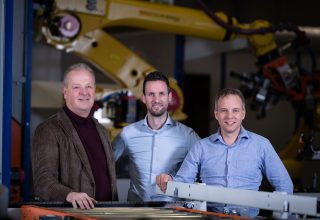
New co-CEOs at AWL as of January 1, 2026

Small footprint, big impact: automating sideskirt clipnut assembly
